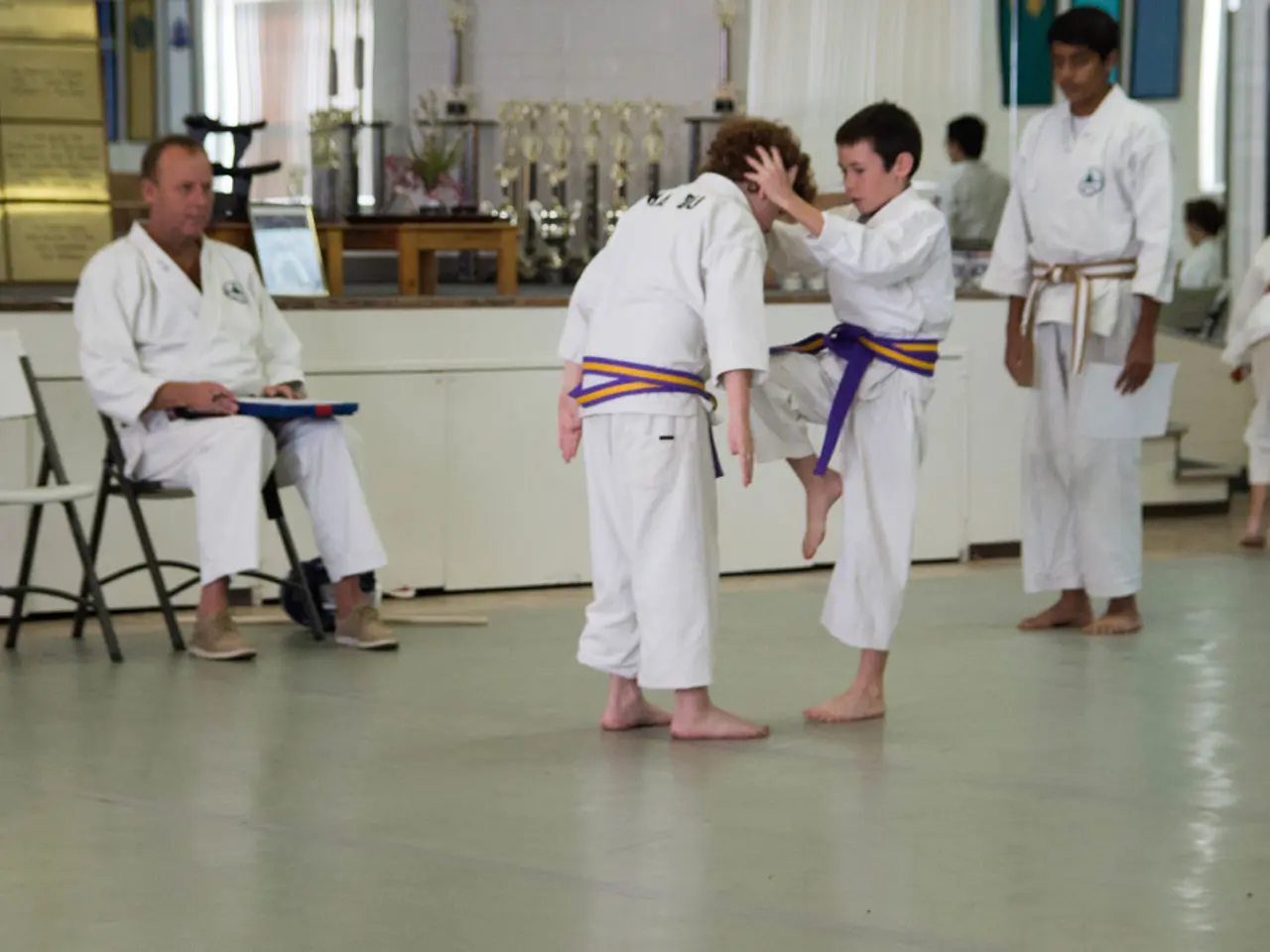Investigating Education via Mistakes at Museo dei Bambini
Children's museums are more than just playgrounds; they are learning laboratories that foster cognitive development and resilience in young minds. The key to this educational approach lies in the principles of productive failure and constructivism.
Productive failure, a learning strategy that encourages learners to attempt solving problems on their own, even if they initially fail, is a cornerstone of children's museums. By allowing children to grapple with challenges and make mistakes, these museums create an environment where resilience, persistence, and problem-solving skills can flourish.
On the other hand, constructivism, a learning theory that emphasises active, self-directed learning, is also integral to the success of children's museums. This theory encourages children to connect new experiences with their existing knowledge, fostering a deep understanding of the subjects they explore.
The Museo dei Bambini, for example, offers exhibits like the Domino Drop and Cause & Effect, where children can experiment, make mistakes, and revise their strategies to learn about engineering, physics, and emotional regulation. These exhibits are designed with built-in opportunities for trial, error, and revision, encouraging persistence and deep thinking.
In a children's museum setting, mistakes are not stigmatised but are seen as stepping stones towards mastery. They are safe, shared, and surrounded by curiosity, not shame. This environment fosters not only cognitive growth but also emotional resilience, as children learn to cope with challenges and adapt their strategies in the face of difficulty.
The Wind Tunnel exhibit at Museo dei Bambini, where children can launch paper and foam shapes into a vertical air stream, is another example of this approach. Through feedback from failure, children learn physics principles firsthand.
Adults in a children's museum setting ask guiding questions to turn frustration into reflection and shift focus from winning to wondering. This approach activates not only metacognitive skills but also emotional resilience, as children learn to view failure as a natural part of the learning process.
In early childhood, learning through failure helps children develop executive functions such as working memory, inhibitory control, and cognitive flexibility. According to a report by the Harvard Center on the Developing Child, failure activates the brain's anterior cingulate cortex, a region associated with attention and error detection.
Carol Dweck's research on growth mindset has shown that praising effort over outcome encourages children to view failure as a natural part of learning. This mindset is nurtured in children's museums, where children are encouraged to persist, adapt, and grow through challenges.
In conclusion, the role of productive failure and constructivism in promoting cognitive development and learning resilience in children's museums is undeniable. By encouraging active exploration, embracing mistakes as learning opportunities, and supporting sustained, meaningful engagement with challenging tasks, these museums create safe spaces where children can develop not only knowledge but learning resilience—the ability to cope with challenges, remain motivated, and adapt strategies in the face of difficulty. This is vital for lifelong learning and problem solving.
- The Museo dei Bambini in Puglia utilizes education-and-self-development strategies such as productive failure and constructivism, focusing on learning through trials and mistakes.
- By understanding that mistakes are stepping stones towards mastery, children at the Museo dei Bambini learn personal-growth and emotional resilience, essential skills for dealing with future challenges.
- The exhibits at the Museo dei Bambini, like the Domino Drop and Wind Tunnel, support learning by allowing children to experiment, revise their strategies, and develop cognitive skills like problem-solving and cognitive flexibility.




